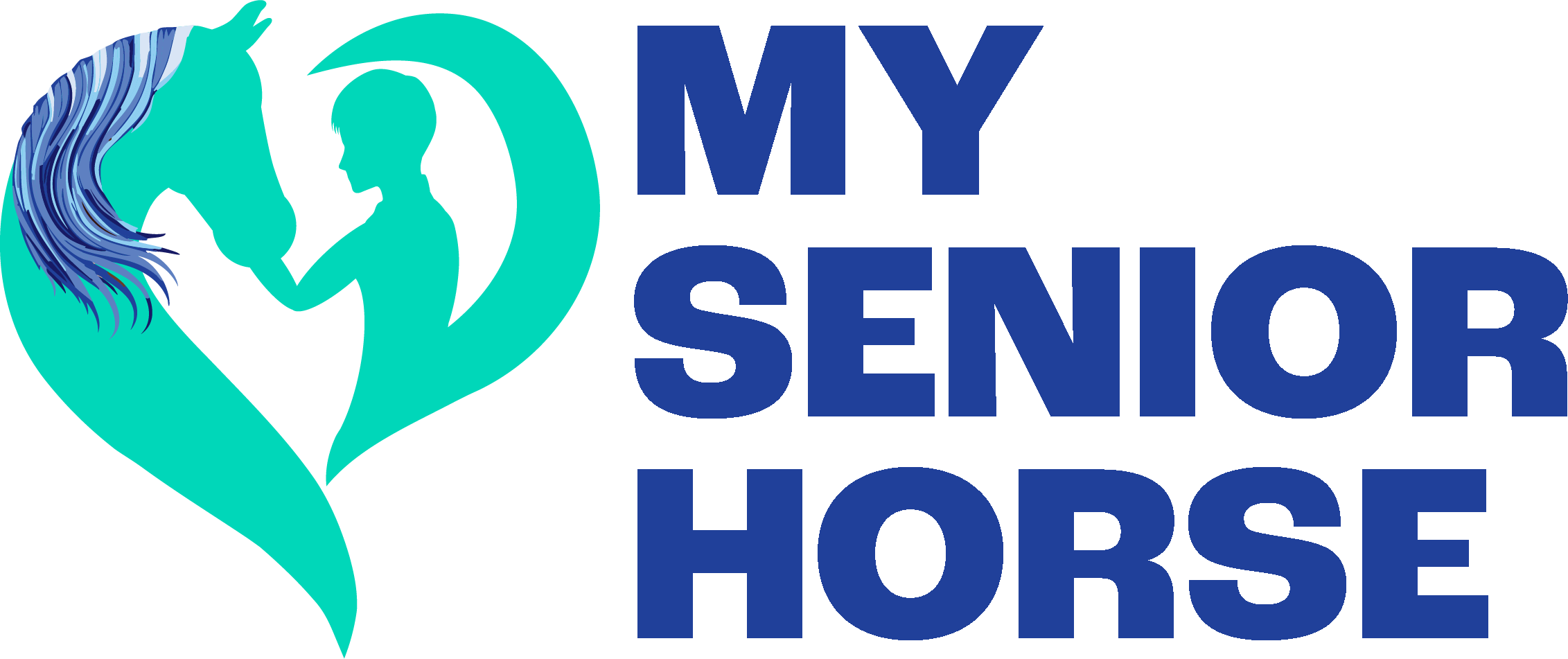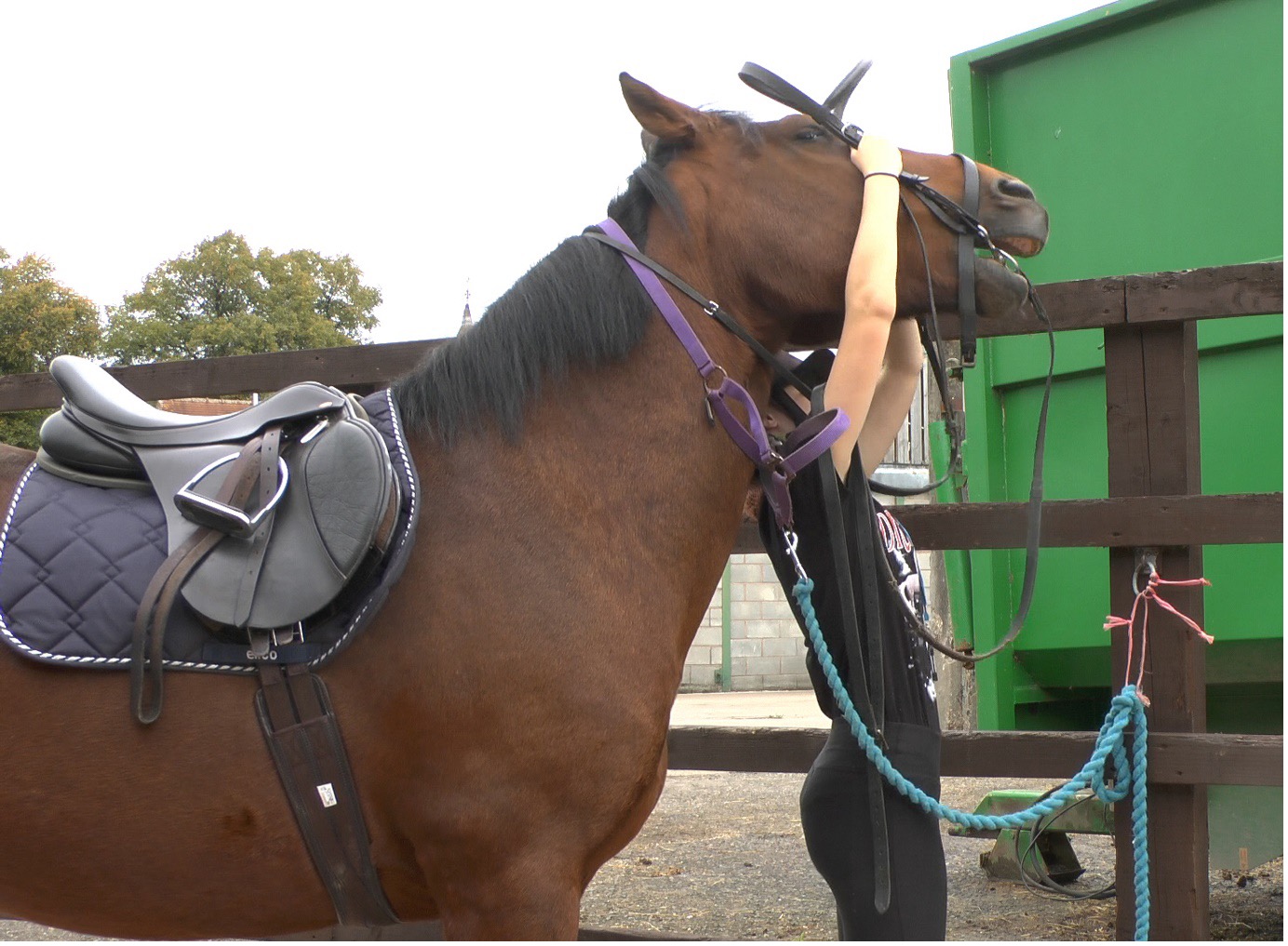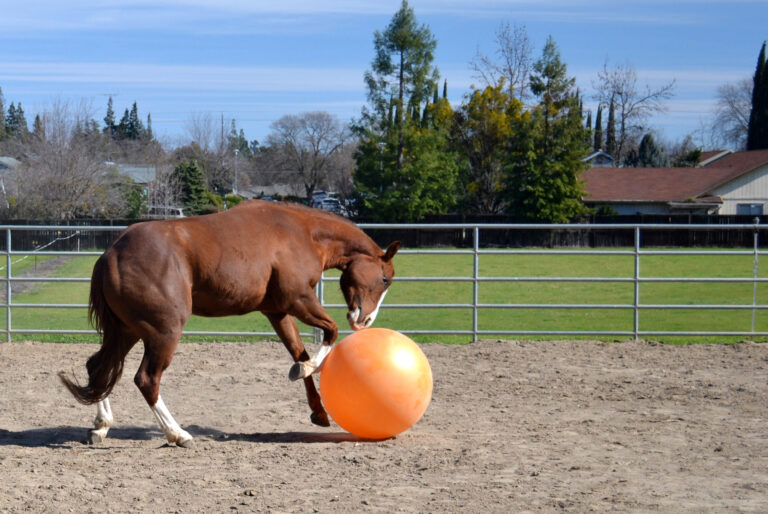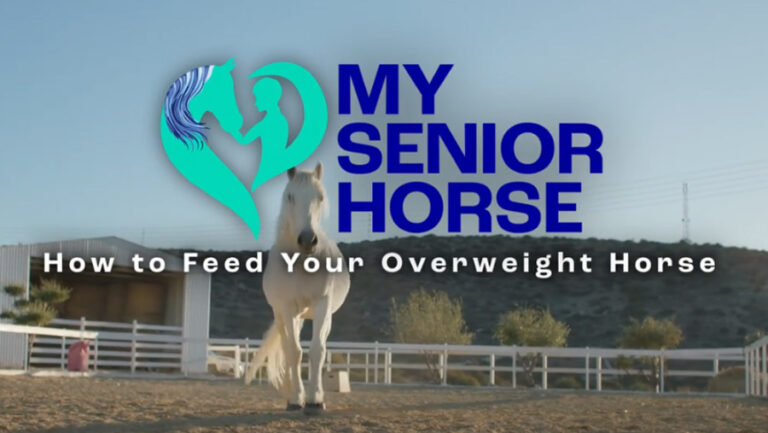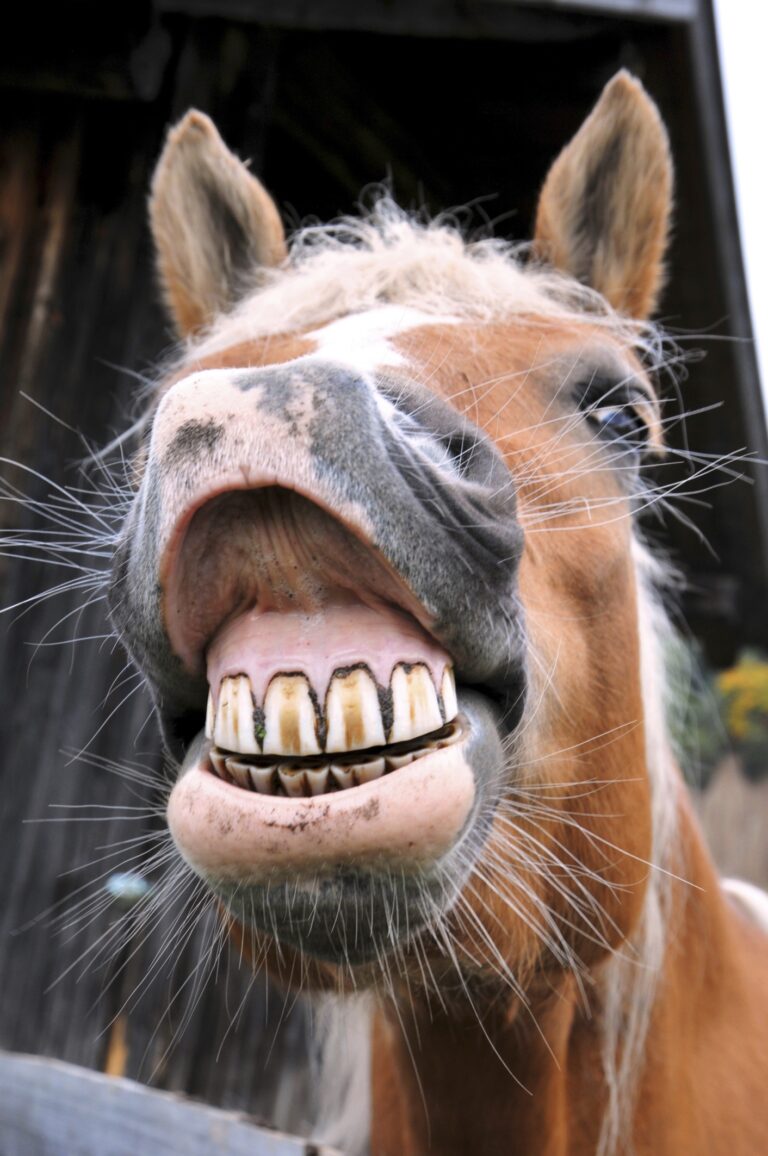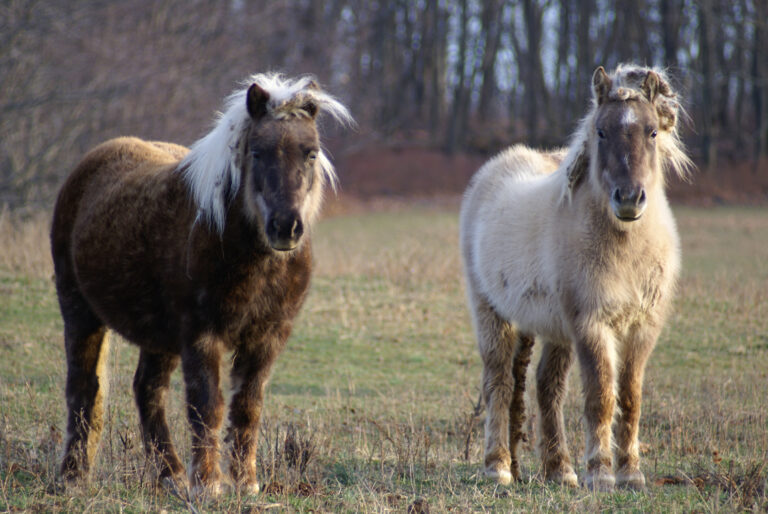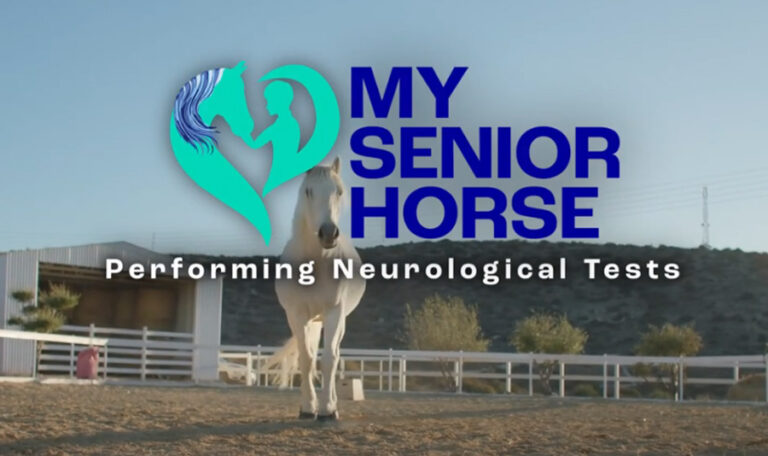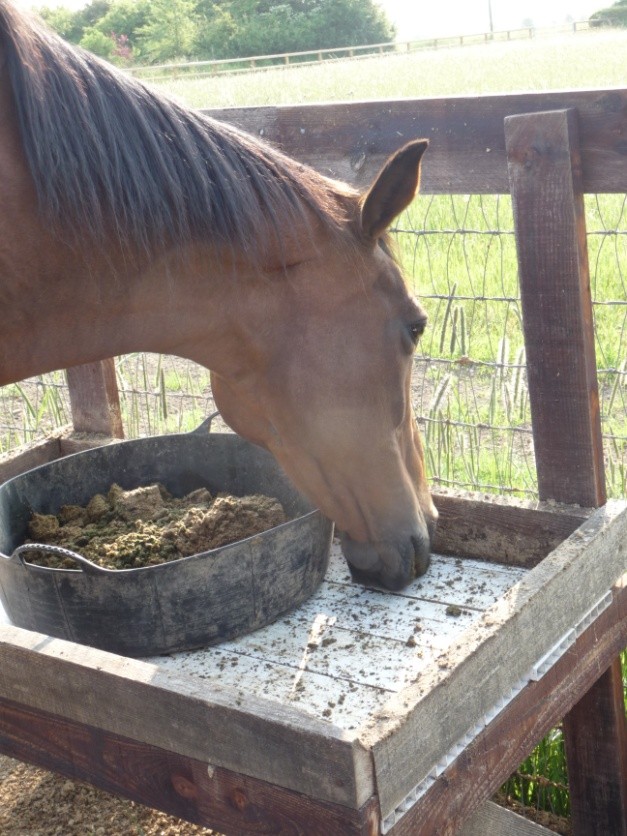Horses might alter their behavior during grooming, tacking-up, and mounting in anticipation of experiencing discomfort during ridden exercise. This discomfort can be induced by the tack, the rider, or primary equine pain.
The source of primary pain can be anywhere—musculoskeletal, oral (in the mouth), or gastrointestinal.
None of these behavioral signs are typical for any particular source of pain, and some might occur on a single occasion for other non-pain associated reasons. However, the higher the number of the behaviors that are listed below, the more likely it is that there is an underlying problem. This is particularly true if observed on a repetitive basis.
Problem Tacking-Up Behaviors
Observations during tacking-up might include the following:
- Avoiding being caught; for example, moving to the back of a stall or turning away from a handler as he/she approaches;
- Unwillingness to open the mouth to insert the bit;
- Putting the head up excessively high to avoid the headpiece being placed behind the ears;
- Tossing the head up and down;
- Having a glazed expression, that is looking ‘zoned out’;
- Repeated rapid blinking;
- Repeatedly chomping on the bit or grinding the teeth;
- Keeping the ears back behind a vertical position;
- Repeatedly yawning;
- Rubbing the nose on a wall or rails;
- Unwillingness to stand still, fidgeting;
- Picking up forelimbs or hindlimbs;
- Pawing the ground;
- Attempting to bite;
- Kicking a hindlimb backward or forward under the abdomen;
- Turning the head toward the handler as the saddle and/or pad is being placed on the back or as the girth is tightened;
- Grunting.
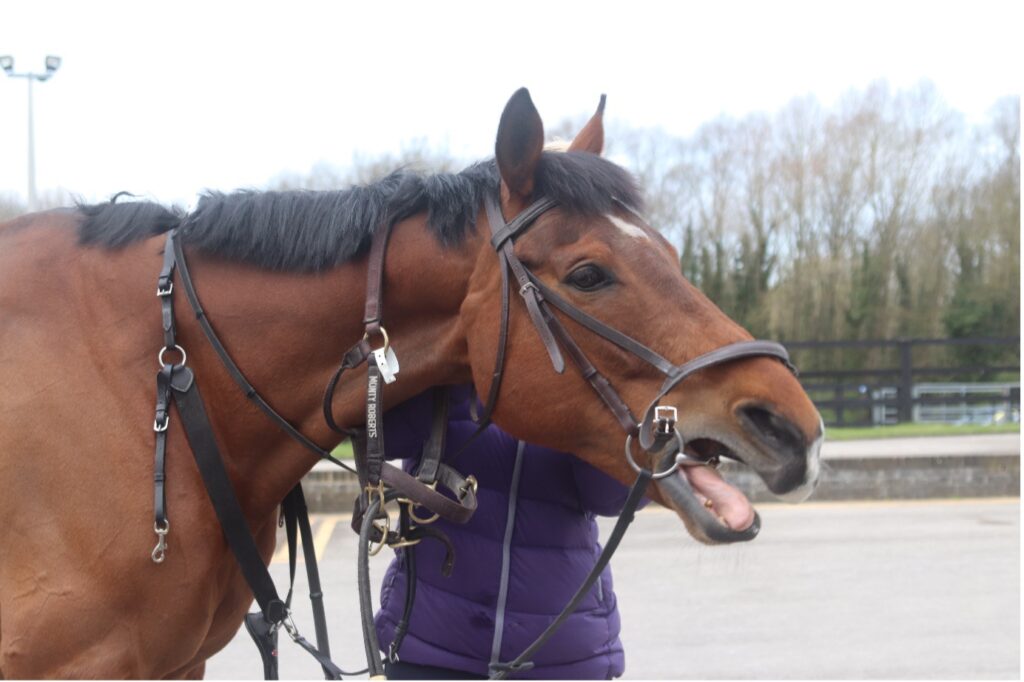
Problem Mounting Behaviors
Observations during mounting might include the following:
- Reluctance to approach a mounting block or moving away from a mounting block as soon as a rider attempts to mount;
- Unwillingness to stand still;
- Picking up a forelimb or a hindlimb;
- Kicking out;
- Tossing the head;
- Putting the ears back;
- Grinding the teeth or repeatedly chomping on the bit;
- Extending (‘dipping’) the back when mounted or when moving forward immediately after mounting;
- Flexing (‘arching’) the back when mounted or when moving forward immediately after mounting;
- Pronking (jumping in the air with all four feet at once);
- Rushing off immediately after mounting.
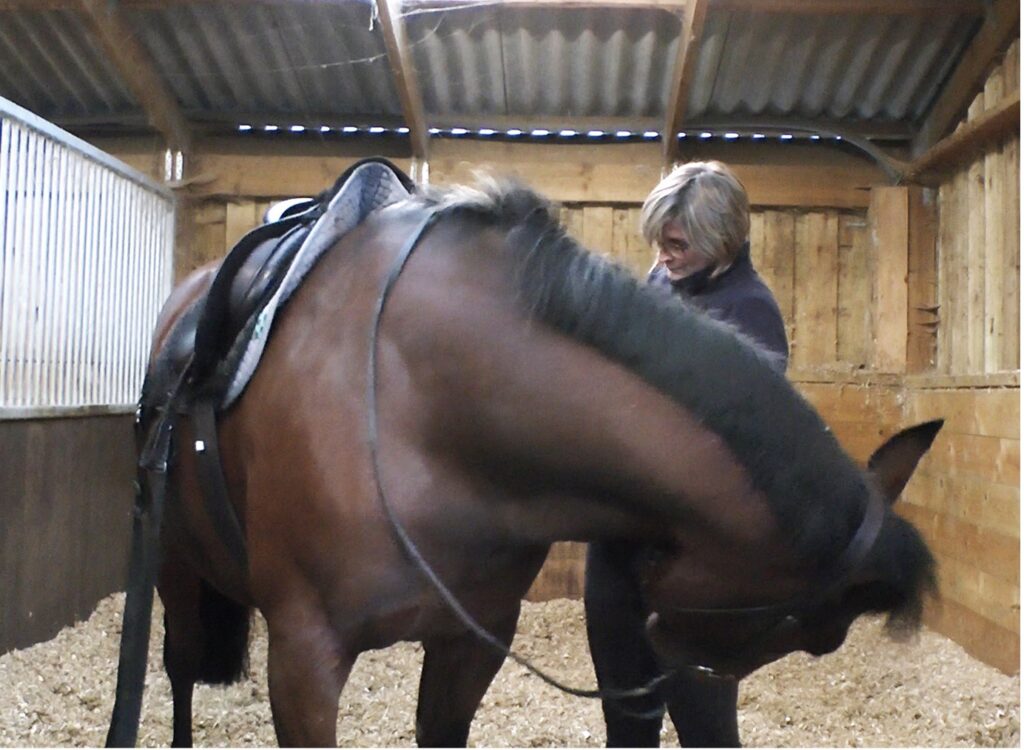
Bear in mind that unwillingness to stand to be mounted may be a training problem. Look at the overall picture and which behaviors are shown in each circumstance. Also think about how your horse looks and feels when ridden. Consider seeking the advice of a qualified saddle fitter, a loriner (bit fitter), a qualified manual therapist, an equine veterinarian or a qualified equine behavior expert.
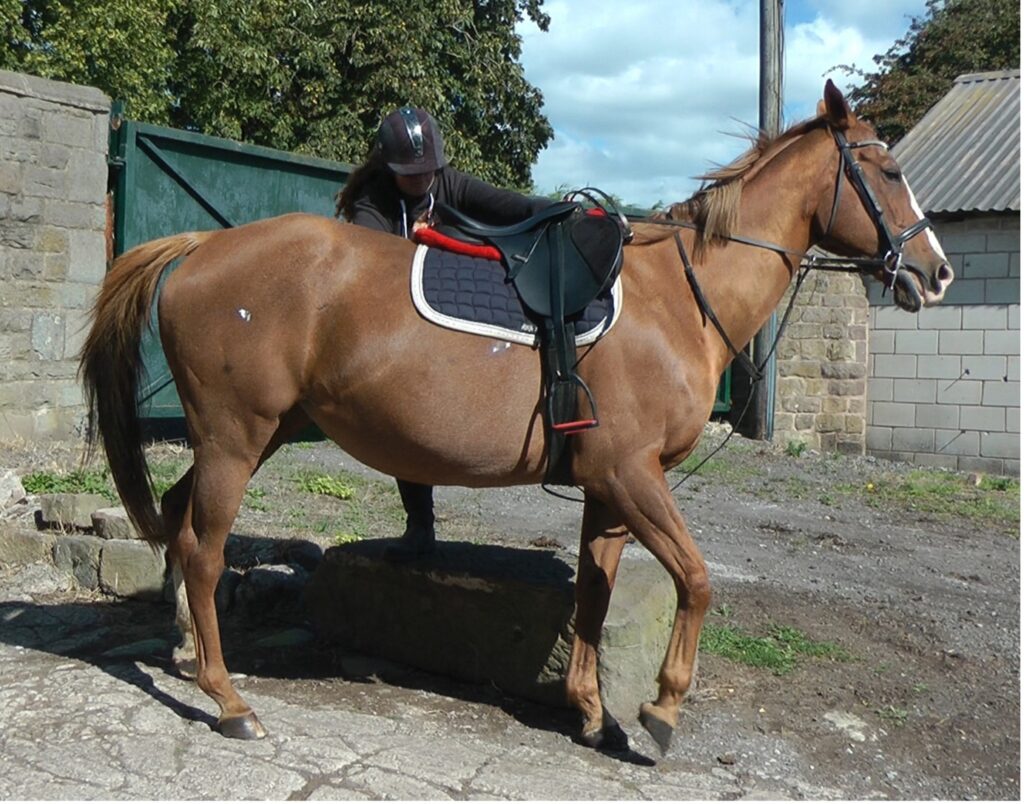
-
Sue Dyson, MA, VetMB, PhD, initially worked in the United States after graduating veterinary school, then returned to England and ran a clinical referral service for 37 years. Dyson is active in clinical research and has published more than 450 scientific papers related to lameness, ridden horse behaviour, and diagnostic imaging. Dyson also is a rider and has produced horses to top national level in eventing and show jumping. Dyson is a British Horse Society Instructor (Teaching and Stable Management).View all posts
